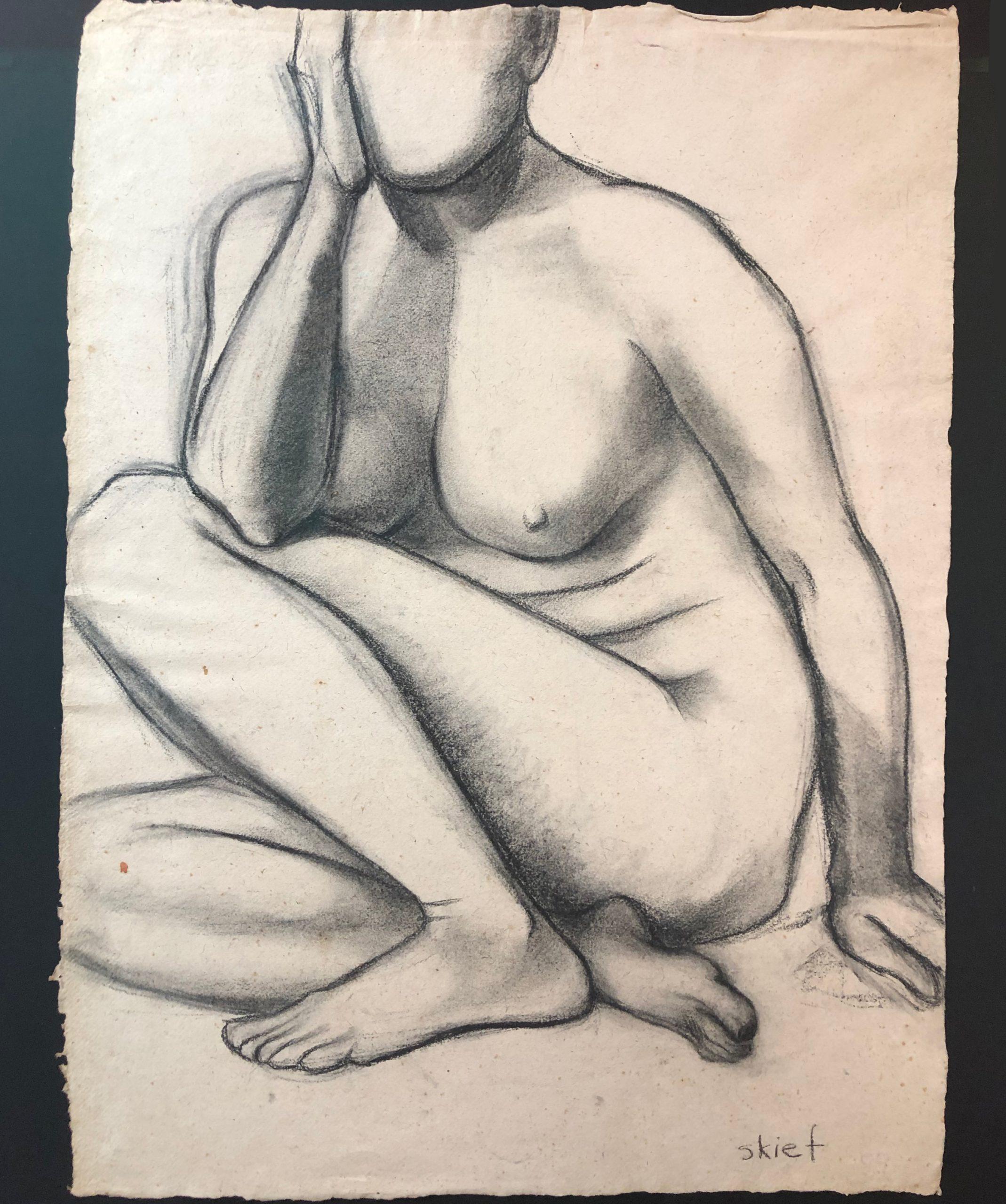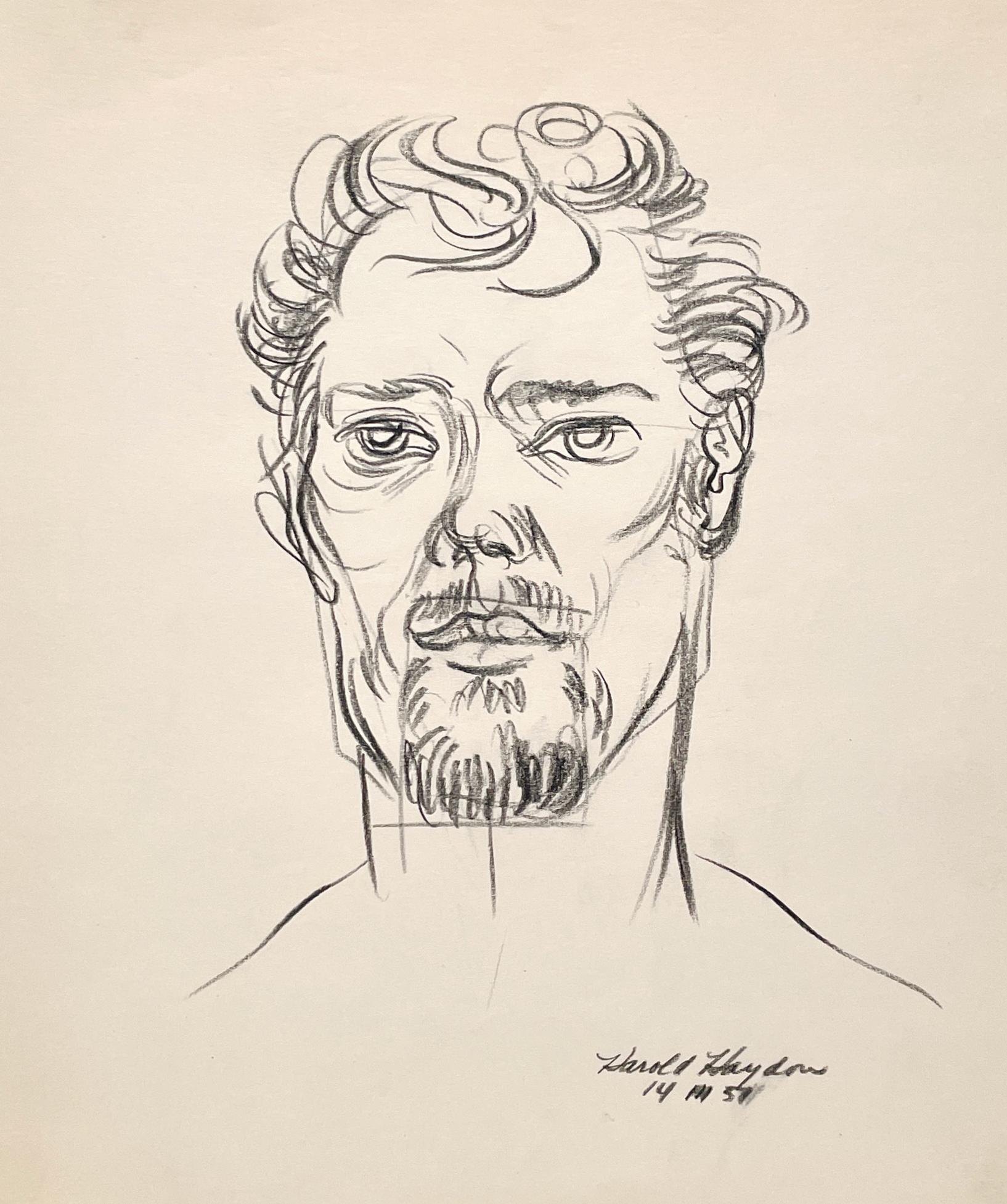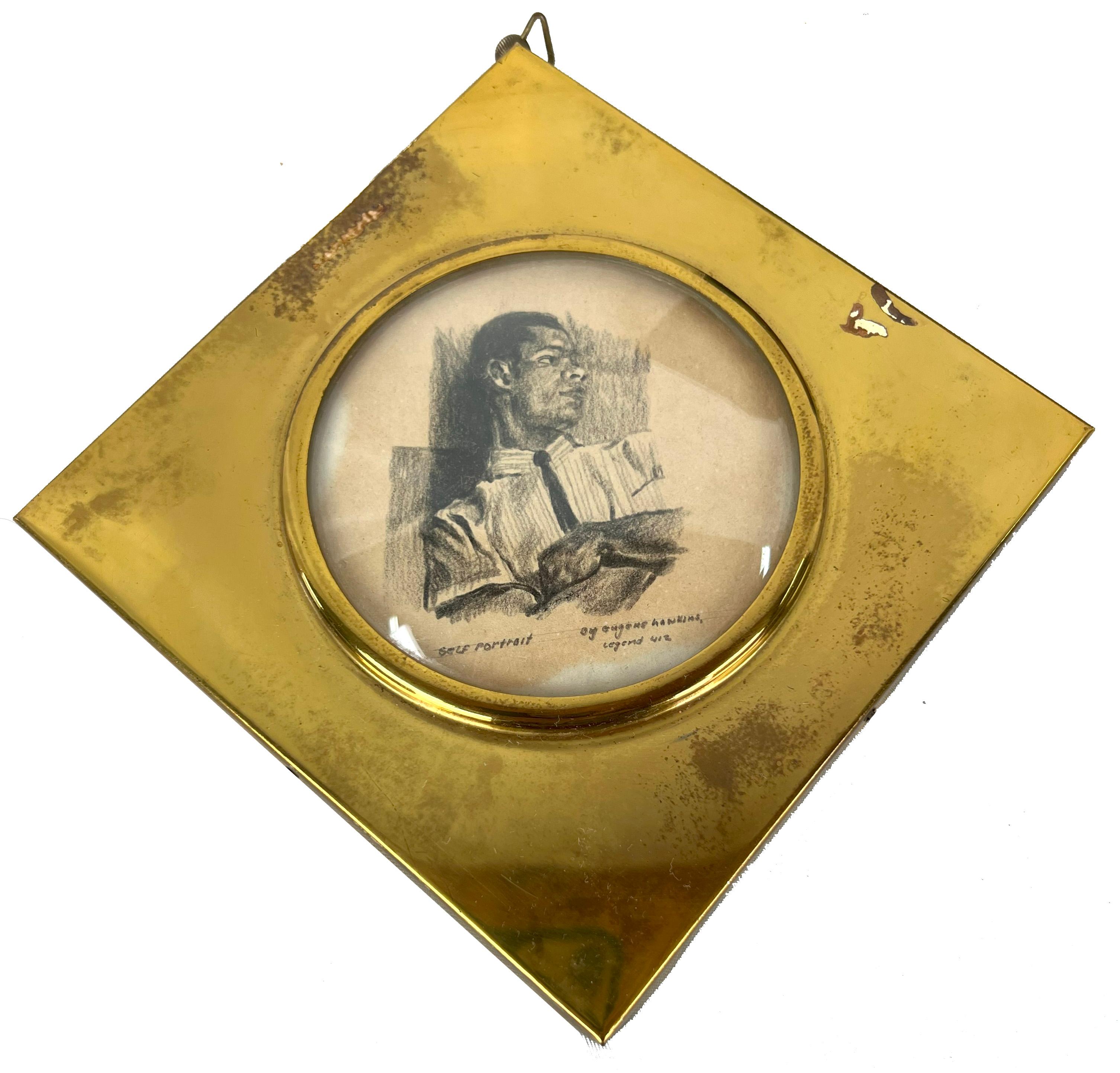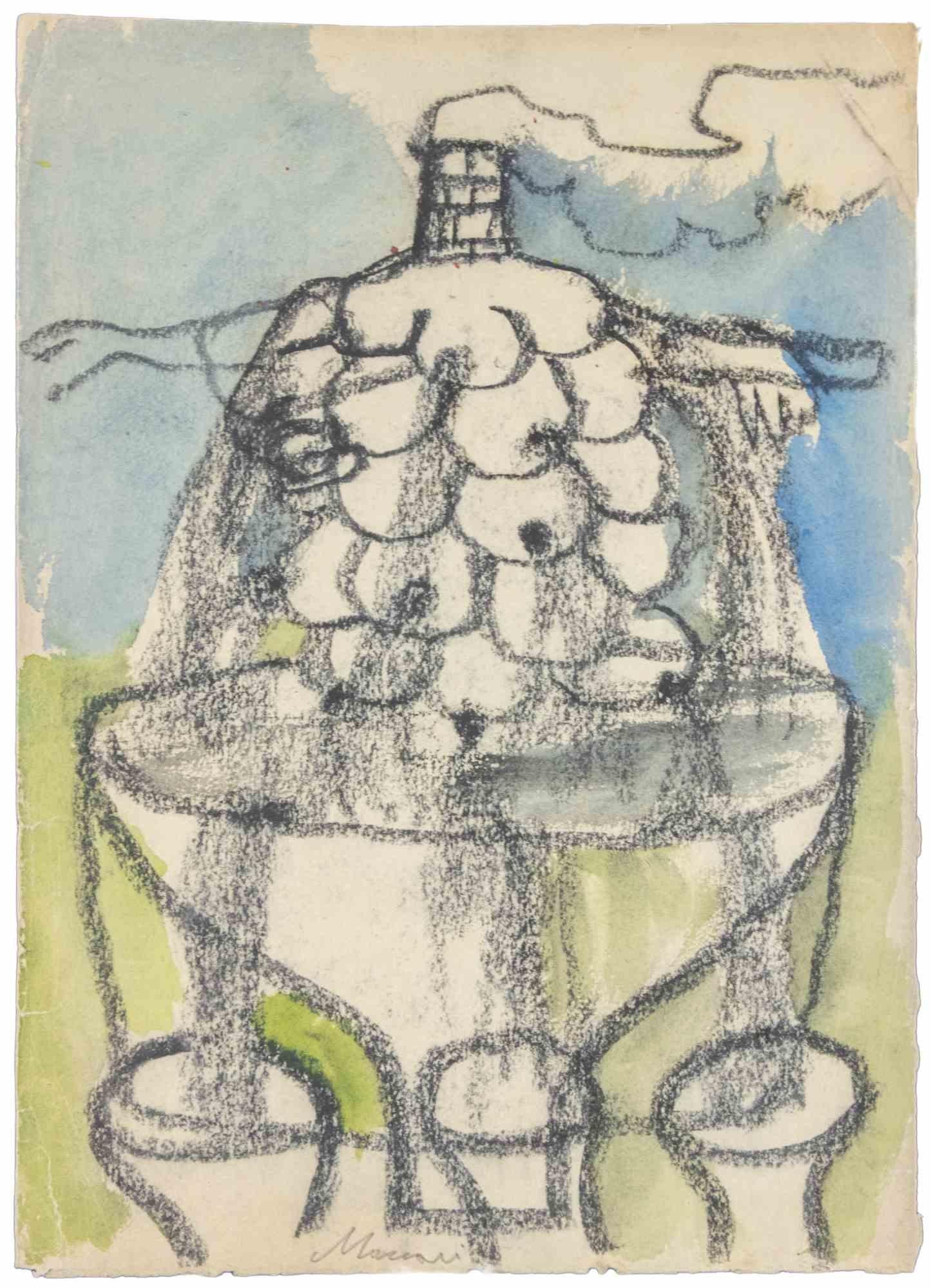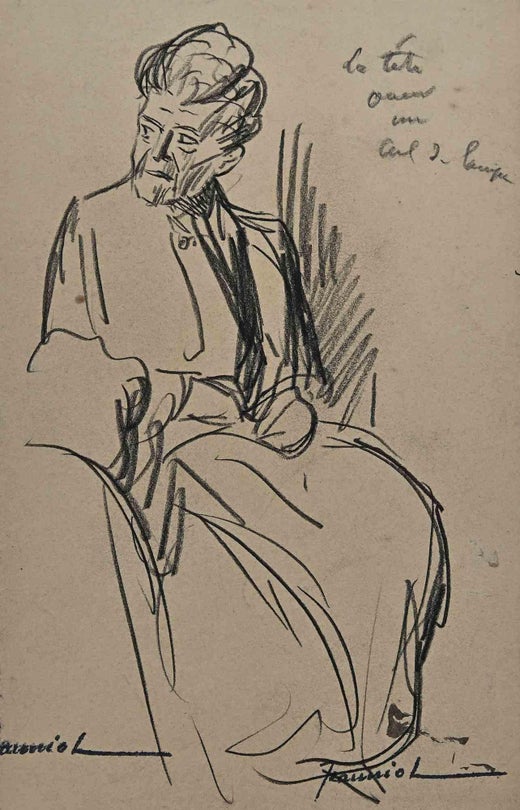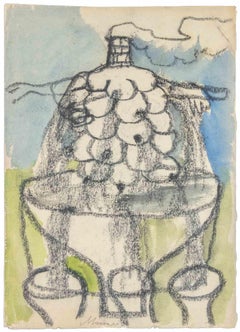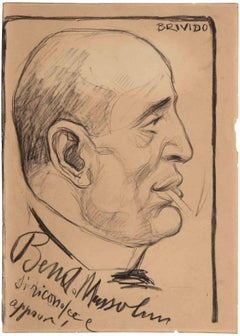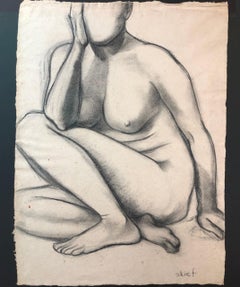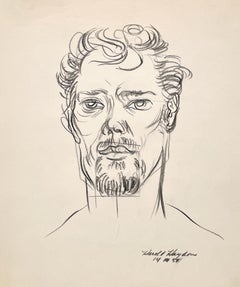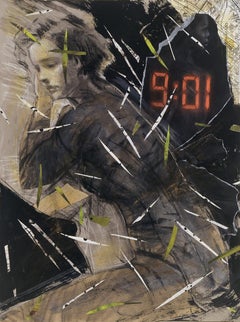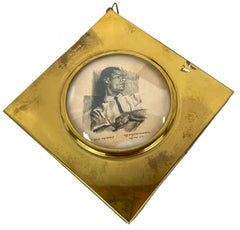Pierre Georges JeanniotFigures - Drawing in charcoal By Pierre Georges Jeanniot - Early 20th CenturyEarly 20th Century
Early 20th Century
About the Item
- Creator:
- Creation Year:Early 20th Century
- Dimensions:Height: 7.88 in (20 cm)Width: 5.12 in (13 cm)Depth: 0.04 in (1 mm)
- Medium:
- Movement & Style:
- Period:
- Framing:Framing Options Available
- Condition:Insurance may be requested by customers as additional service, contact us for more information.
- Gallery Location:Roma, IT
- Reference Number:Seller: T-1332421stDibs: LU650310766382
Pierre Georges Jeanniot
Pierre Georges Jeanniot is most famous for his magnificent turn-of-the-century scenes of Paris life. His artistic education began under his father, Pierre-Alexandre Jeanniot, the long time director of the Musée des Beaux-Arts de Dijon. He first exhibited his paintings and watercolors at the Salon in Paris of 1872 and initially established his reputation as an artist of military scenes. Jeanniot settled permanently in Paris in 1882. He was one of the founding members and teachers of the Société Nationale des Beaux-Arts, exhibiting at the Salon and receiving medals in 1884, 1889 and 1900. Jeanniot was an equally talented illustrator as a painter. During the following three decades, he illustrated with grand talent a large number of books including works by Guy de Maupassant. He was also a constant contributing artist to La Vie Moderne and was the editor of Journal Amusant. In 1906, the French Government honored Jeanniot with the Chevalier de la Legion d'honneur. In both his original etchings and paintings, Jeanniot exhibited both brilliance and originality. Exhibitions and Museums: His work is exhibited at the Musée de l'École de Nancy, Société Nationale des Beaux-Arts and Musée des Beaux-Arts de Dijon.
- ShippingRetrieving quote...Shipping from: Roma, Italy
- Return Policy
More From This Seller
View All1950s Modern Figurative Drawings and Watercolors
Charcoal, Watercolor
Mid-20th Century Modern Figurative Drawings and Watercolors
Charcoal
Mid-20th Century Modern Figurative Drawings and Watercolors
Charcoal
1920s Modern Figurative Drawings and Watercolors
Paper, Charcoal, Pencil
Mid-20th Century Modern Portrait Drawings and Watercolors
Charcoal
Mid-20th Century Modern Figurative Drawings and Watercolors
Paper, Charcoal
You May Also Like
1980s Modern Portrait Drawings and Watercolors
Paper, Charcoal
Mid-19th Century American Modern Figurative Drawings and Watercolors
Paper, Charcoal
2010s American Modern Mixed Media
Mixed Media, Charcoal
1960s American Modern Figurative Drawings and Watercolors
Paper, Charcoal
Late 19th Century Modern Portrait Drawings and Watercolors
Charcoal
Early 20th Century Modern Figurative Paintings
Paper, Charcoal, Pastel, Watercolor, Gouache
